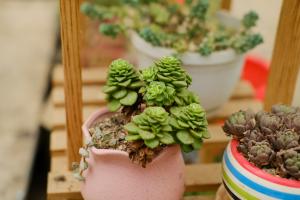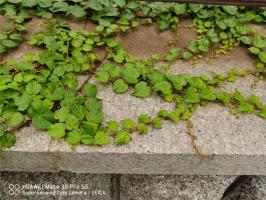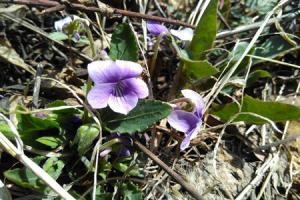1、 Soil
The cultivation of snow leaf chrysanthemum should use loose sandy soil with strong air permeability, which can be mixed with rotten leaf soil, garden soil and coarse sand

2、 Watering
Spring and autumn are its growth period, so we should ensure sufficient water. Watering should wait until the soil is dry before watering, and the amount of watering should be well controlled. If the amount of water is too large, it will lead to stem and leaf rot. Cover the rain in time in rainy season, and don't be caught in the rain for a long time. Drainage measures shall be taken in time after being caught in the rain. Water less in hot or cold weather

3、 Temperature
It is best to give snow leaf chrysanthemum a growth environment of 15-25 ℃, and the temperature should not be too high or too low. It is best to keep the temperature above 2 ℃ in winter. When the temperature is too low, it should be placed indoors for maintenance. If the temperature is too high in summer, the temperature should be adjusted in time. Water can be sprayed appropriately, which can not only reduce the temperature, but also improve the humidity in the air
4、 Fertilization
In its vigorous growth period, apply fertilizer once a month. Do not apply too much nitrogen fertilizer, which will cause the growth of branches and leaves. Nitrogen, phosphorus and potassium fertilizer can be applied. Be careful not to splash on the leaves when applying fertilizer. If the blade is splashed, clean it with water. Fertilization should be suspended in summer and winter


 jackfruit
jackfruit snake plant
snake plant hibiscus
hibiscus hydrangea
hydrangea lavender
lavender Green roses climb al...
Green roses climb al... If you don't pay att...
If you don't pay att... Management of four g...
Management of four g...



































